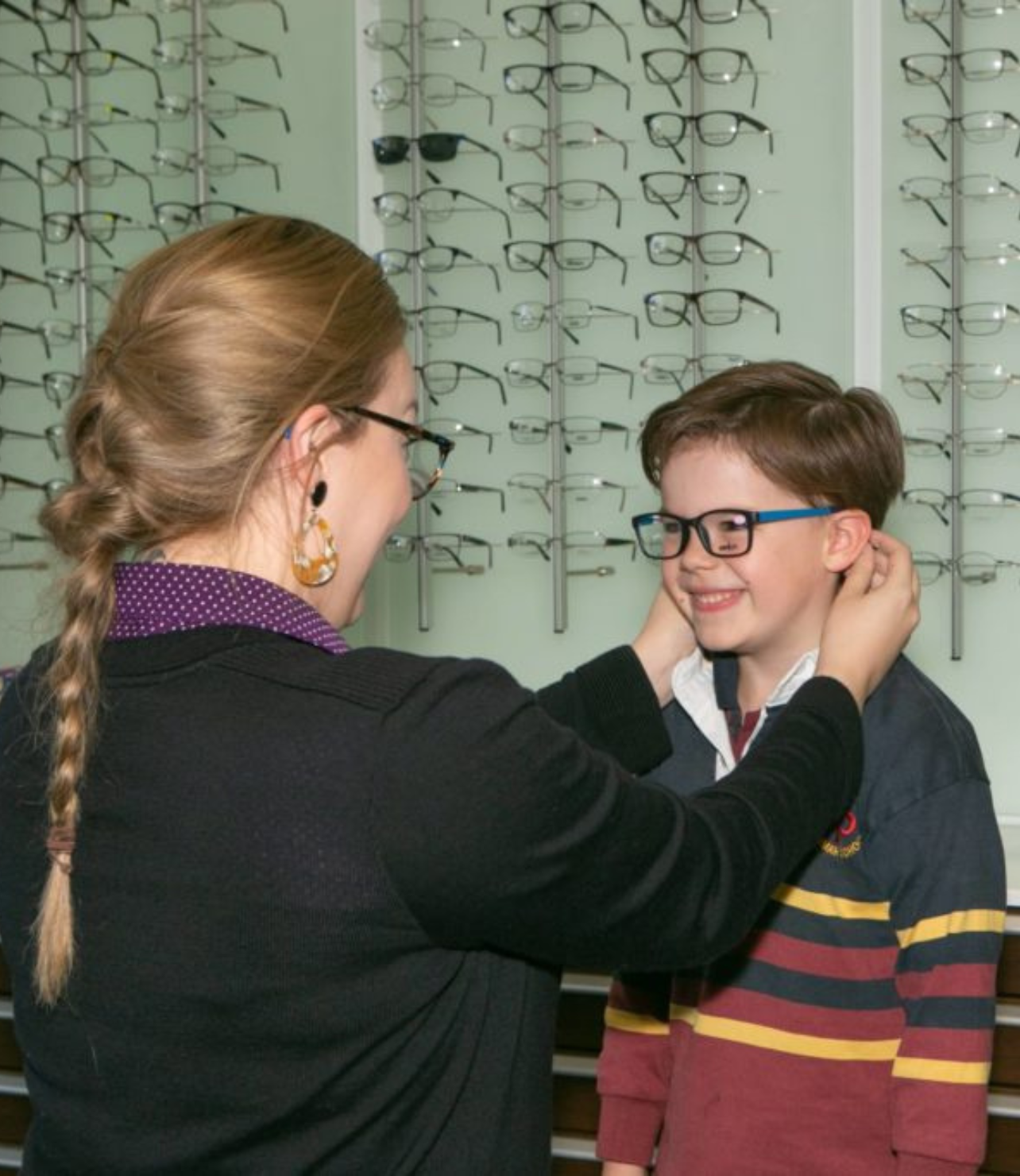Almost 20% of children under 18 have a diagnosed eye condition.
Caring for a child’s vision during their formative years is essential, as their eyes are quickly evolving and maturing.
Early detection of vision issues is key to reducing the risk of long-term impact, allowing for quicker and more efficient treatment.
It’s important for parents to be aware of prevalent eye conditions in children and recognize the signs.
The three primary types of refractive errors observed in children include astigmatism (an unevenly shaped cornea), myopia (difficulty seeing distant objects clearly), and hyperopia (trouble focusing on nearby objects). These issues disrupt the proper focusing of light onto the retina, leading to unclear vision.
The three primary types of refractive errors observed in children include astigmatism (an unevenly shaped cornea), myopia (difficulty seeing distant objects clearly), and hyperopia (trouble focusing on nearby objects). These issues disrupt the proper focusing of light onto the retina, leading to unclear vision.
Indicators to be mindful of are:
Commonly referred to as “lazy eye,” amblyopia develops when there’s a significant difference in strength or functionality between the eyes, leading to diminished vision or performance in the weaker eye.
Detecting amblyopia can be challenging because the child compensates by depending more on their stronger eye, often without realizing there’s an issue.
Indicators to observe include:
If you notice any of these signs in your child, contact an eye doctor near you.

Binocular Vision Dysfunction (BVD) arises when there's a lack of coordination between both eyes, resulting from an imbalance in their alignment.
Indicators to be aware of include:
Medical experts at the hospital identified Olivia as having retinoblastoma and promptly arranged for her transfer to Birmingham Women’s and Children’s Hospital in the West Midlands for critical care, which included eye surgery.
If you find that your child frequently suffers from any of the symptoms listed above, schedule an exam with an eye doctor that is trained and experienced in diagnosing and treating BVD.
Convergence Insufficiency is a condition related to binocular vision, impacting the ability of the eye muscles to work in harmony for focusing on close objects. This issue manifests when the eyes struggle to align properly to maintain clear vision at a close range.
Key indicators to monitor include:
If you suspect your child has an eye condition, contact an eye doctor near you who can diagnose and treat the condition.
Nystagmus is a condition, either present from birth or developed later, noted for swift, uncontrollable oscillations of the eyes. When it's congenital, it typically emerges within the initial months after birth, whereas the acquired form develops beyond the 6-month mark.
Observations to be mindful of include: Eyes that consistently and swiftly shift in motion, either horizontally, vertically, or in circular patterns.
Adults aren’t the only ones affected by cataracts.
An estimated 20,000-40,000 children are born with cataracts each year worldwide.
Cataracts develop when the normally transparent lens within one or both eyes turns opaque. The extent to which vision is affected by a cataract can vary based on its location and severity.
Indicators to keep an eye out for include:
Strabismus is characterized by the deviation or misalignment of the eyes, often referred to as “crossed” eyes. Without proper treatment, this condition can progress to amblyopia, resulting in irreversible vision impairment.
This misalignment may be observable shortly after birth or may unexpectedly manifest around the age of two.
Look out for these signs:
Vision therapy involves tailored exercises designed to enhance visual abilities, ensuring proper coordination between the eyes, the visual system, and the brain.
Should your child be identified with any of the aforementioned eye issues, it’s common for an optometrist to suggest a customized vision therapy regimen.
Schedule an appointment with an eye doctor for a comprehensive eye exam, and to discuss any questions you may have about treating your child’s eye condition.
Diagnosing eye problems in your child early can help minimize potential damage and allows treatment to be faster and more effective.
Bains Optical Healthcare
160-162 Hednesford Rd, Heath Hayes, Cannock WS12 3DZ, United Kingdom
Get Directions
01543 270080
Monday – Saturday 9:00am – 5:30pm